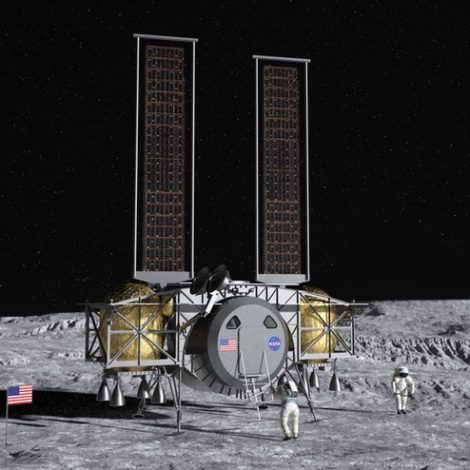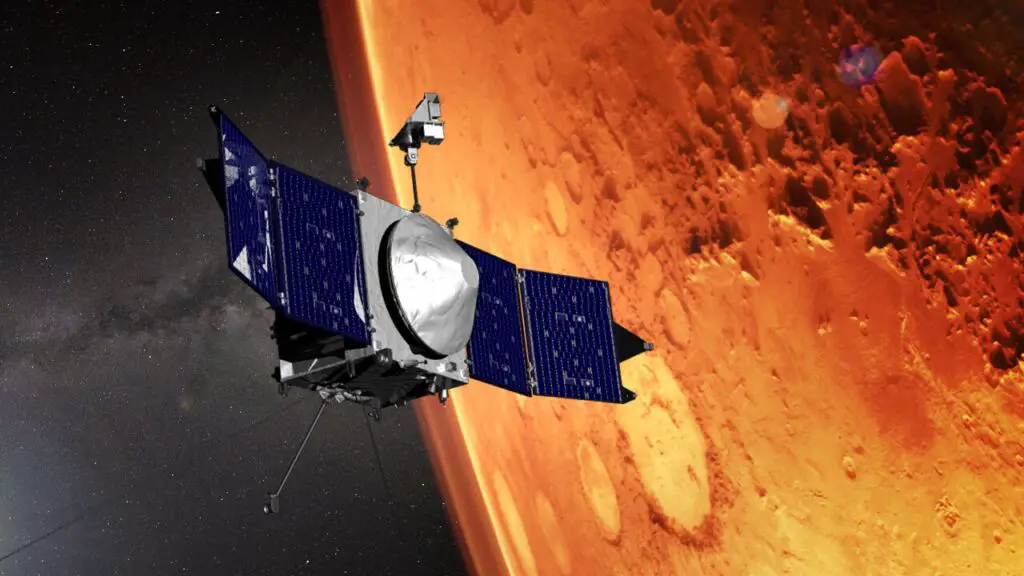

NASA PICTURE OF THE DAY 1989 TV
Get the latest updates on NASA missions, watch NASA TV live, and learn about our quest to reveal the unknown and benefit all humankind. Please use a JavaScript-enabled device to view this slideshow brings you the latest images, videos and news from America's space agency.

In honor of our 20th anniversary, we offer a selection of some of the most beautiful, newsworthy, interesting. This orbit allows the satellite to maintain the same angle between the Earth and the Sun so that all images have similar lighting. Since its creation in late April 1999, NASA Earth Observatory has published more than 15,000 image-driven stories about our planet: natural- and false-color satellite images, data maps, and aerial or space-based photos. When NPP reaches Gabon-about 3,000 kilometers to the west-on the next orbit, it is close to 1:30 p.m. So, when NPP flies over Kenya, it is about 1:30 p.m. The NPP satellite was placed in a Sun-synchronous orbit, a unique path that takes the satellite over the equator at the same local (ground) time in every orbit. You can read up on asteroids on NASAs official website.
NASA PICTURE OF THE DAY 1989 SERIES
This series of images shows the Antarctic ozone hole on the day of its maximum depletion in 1979, 1987, 2006, and 2010 that is, the days with the thinnest ozone layer. On March 23, 1989, an asteroid about the size of a mountain came very close to colliding with. The Arctic is missing because it is too dark to view in visible light during the winter. NASA images courtesy NASA Ozone Hole Watch. This extension shows you the Astronomy Picture of the Day from NASAs Open. The swaths from each successive orbit overlap one another, so that at the end of the day, the sensor has a complete view of the globe. A simple chrome extension which gets the APOD from NASA and displays it on.

Firefox users: To easily share your birthday image on social media, you might. What did Hubble look at on your birthday Enter the month and date below to find out Then share the results with your friends on social media using Hubble30. Rising from the south and setting in the north on the daylight side of Earth, VIIRS images the surface in long wedges measuring 3,000 kilometers (1,900 miles) across. That means it has observed some fascinating cosmic wonder every day of the year, including on your birthday. Today's Picture of the Day is the first global image from VIIRS, taken during the day of November 24th, from NPP's orbit 512 miles above Earth's surface. We featured the first image from VIIRS, taken on November 21st, here. Searching for January 4 on the NASA Hubble birthday site reveals an incredible image of Saturn taken in infrared by Hubble in 1998, which would have been Newton's 355th birthday.In October, NASA launched a new satellite, loaded up with a set of instruments called the Visible Infrared Imager Radiometer Suite, more commonly referred to as VIIRS. first photograph taken from inside the suns corona was released by NASA. The driving figure of the scientific revolution in the 17th century, Newton was born on January 4, 1643. and many other factors Taken on June 5, 1989, the tank man quickly became. Passing about 4,950 kilometers (3,000 miles) above Neptune’s north pole, Voyager 2 made its closest approach to any planet since leaving Earth 12 years ago. Hubble Images for Science's Most Important BirthdaysĪrguably the most influential scientist of all time, especially when it comes to physics and space exploration, is Isaac Newton. In the summer of 1989, NASA’s Voyager 2 became the first spacecraft to observe the planet Neptune, its final planetary target. The image inspired the title of scientist Carl Sagan's book, 'Pale Blue Dot: A Vision of the Human Future in Space,' in which he wrote: 'Look again at that dot. 14, 1990, by NASA’s Voyager 1 at a distance of 3.7 billion miles (6 billion kilometers) from the Sun. That includes images taken on the birthdays of some of science's most famous figures. The Pale Blue Dot is a photograph of Earth taken Feb. Added network layer and setup MVVM structure. Using the NASA calendar, however, images can be obtained for people born before the modern age of astronomy kicked off. sumanghosh-iosdev Added network layer and setup MVVM structure. It also means anyone born before June 1995 won't have a specific image assigned to their birthday on the APOD calendar.


 0 kommentar(er)
0 kommentar(er)
